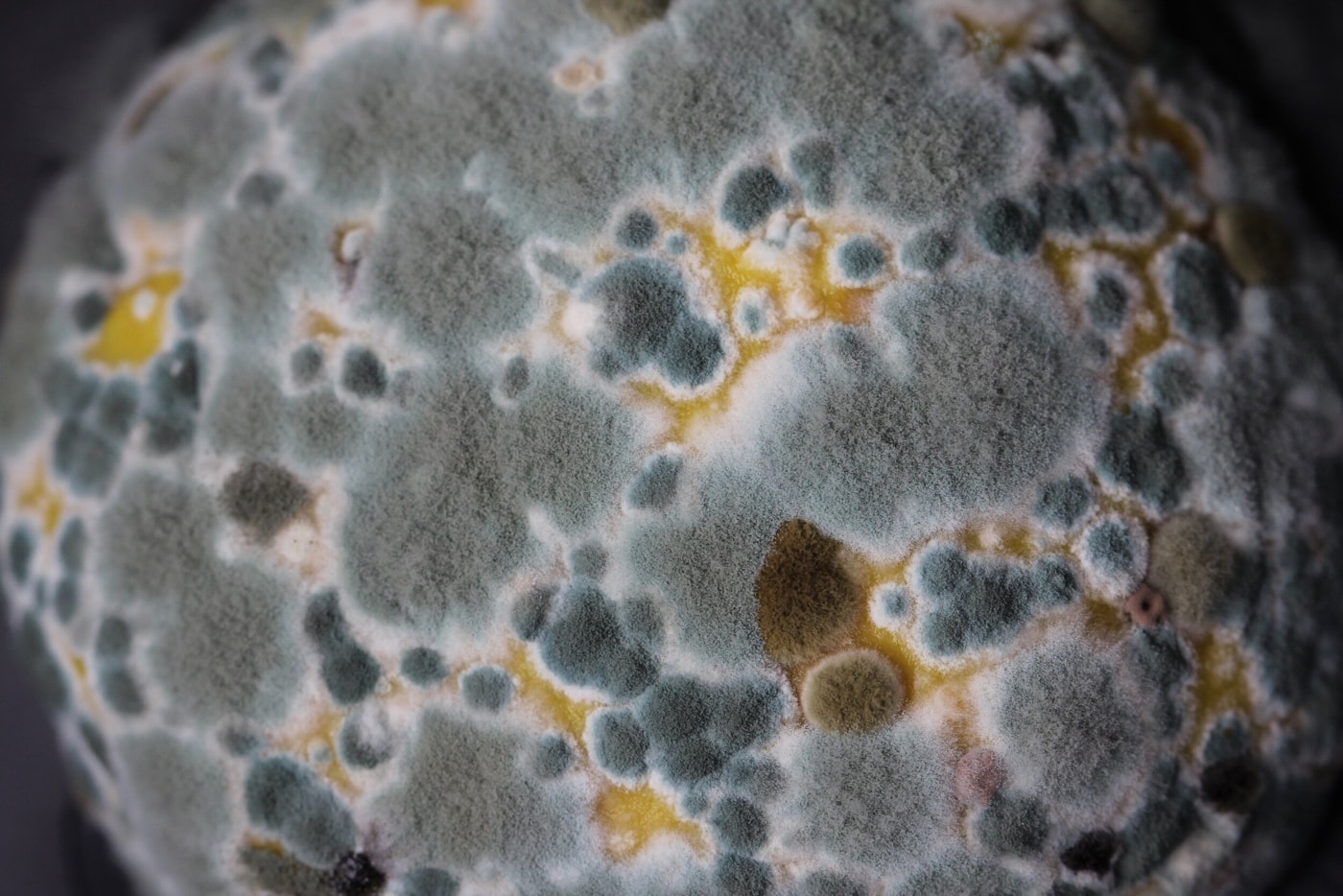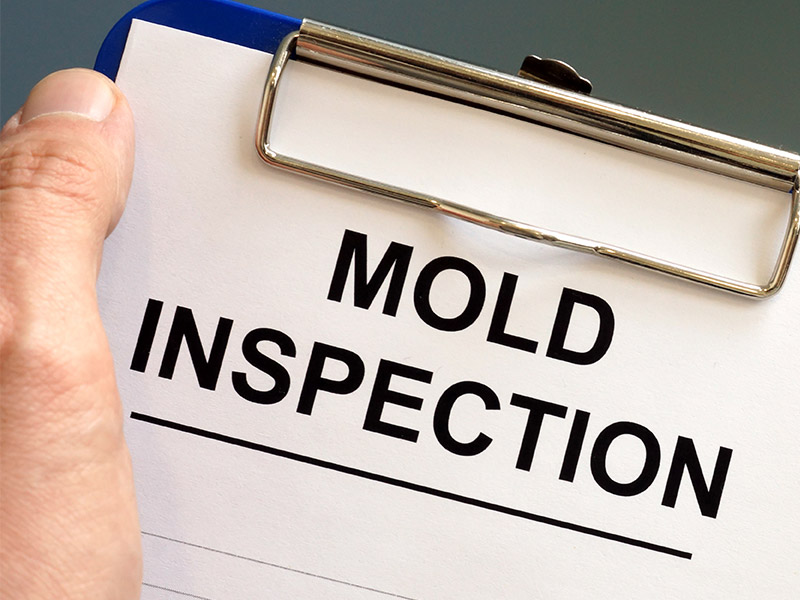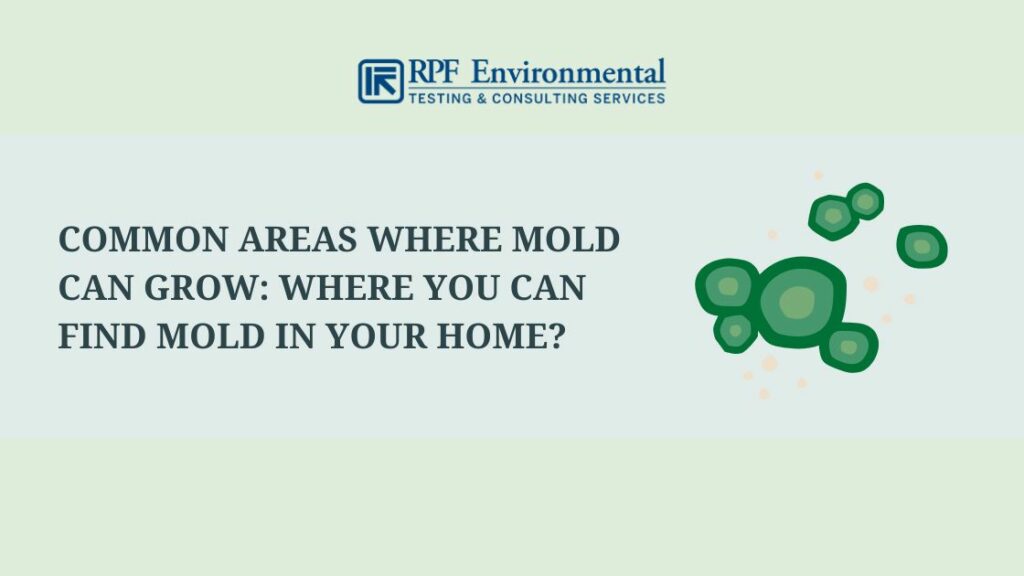Ensuring Conformity With Rules: the Role of Mycotoxin Testing in Quality Assurance
Guaranteeing conformity with stringent guidelines is critical for maintaining food security, and the duty of mycotoxin testing in high quality control can not be overstated. Mycotoxins, hazardous substances produced by specific molds, posture significant health and wellness threats, making their discovery essential in food manufacturing.
Understanding Mycotoxins
Comprehending mycotoxins is basic to guaranteeing the high quality and safety and security of agricultural products. Mycotoxins are poisonous secondary metabolites created by specific types of fungi, generally located in foods items such as grains, nuts, and seasonings. These compounds can emerge at different phases of the food production process, from pre-harvest to storage, and posture considerable wellness threats to both people and pets (Mycotoxin testing Services). One of the most infamous mycotoxins include aflatoxins, trichothecenes, fumonisins, and ochratoxins, each associated with specific fungal species and ecological problems.
The visibility of mycotoxins in food products can lead to severe and persistent wellness issues, including liver damage, immune suppression, and cancer causing results. By comprehending the resources, types, and results of mycotoxins, stakeholders in the agricultural market can much better execute preventative measures and alleviate threats, guaranteeing more secure usage for end-users.
Regulative Requirements for Mycotoxins
Having established a fundamental understanding of mycotoxins and their effect on food safety and security, it is essential to examine the governing standards regulating their existence in agricultural items. Governing standards for mycotoxins are necessary due to the fact that they specify allowable restrictions, ensuring food safety and securing public health. Numerous worldwide and national agencies have set these limits based on thorough threat assessments.
The Codex Alimentarius Compensation, an international body established by the FAO and WHO, offers guidelines and maximum allowed degrees for different mycotoxins in food and feed. The Codex has set restrictions for aflatoxins in peanuts, maize, and dried figs, amongst other assets. These criteria are commonly adopted or adjusted by specific countries to fit their specific needs.
In the European Union, Law (EC) No 1881/2006 stipulates maximum degrees for several mycotoxins, such as aflatoxins, ochratoxin A, and deoxynivalenol, in different food products. Likewise, the U.S. Food and Medicine Administration (FDA) has actually established action levels for mycotoxins like aflatoxins in assets such as nuts and grains.
Adherence to these regulatory standards is important for keeping market gain access to, consumer trust, and public wellness. Non-compliance can bring about considerable financial losses and health and wellness dangers, emphasizing the importance of rigorous mycotoxin testing protocols.
Testing Techniques and Technologies

ELISA is extensively appreciated for its quick and economical screening capabilities, making it optimal for high-throughput settings. It relies upon antibodies to discover details mycotoxins, supplying lead to a fairly brief time framework. Its sensitivity might be restricted contrasted to much more innovative techniques.
HPLC, on the various other hand, masters supplying quantitative evaluation with high precision and precision. It divides complicated combinations into specific components, making it extremely reliable for determining and measuring numerous mycotoxins all at once - Mycotoxin testing Services. This technique, while more resource-intensive and time-consuming than ELISA, uses a greater degree of integrity

LC-MS stands for the peak of logical specificity and sensitivity. Integrating the separation power of liquid chromatography with the discovery capacities of mass spectrometry, LC-MS can identify even trace levels of mycotoxins. This technique is vital for validating the visibility of mycotoxins in forensic and governing contexts, making certain compliance with rigorous safety and security requirements.
Applying Examining Methods

Integrating these advanced screening approaches into an extensive top quality control structure demands a well-structured strategy to executing testing procedures. To accomplish this, companies must initially perform a thorough risk evaluation to determine potential mycotoxin contamination factors within the supply chain. This analysis educates the growth of a customized screening technique that addresses specific vulnerabilities.
Next, establishing standard tasting treatments is crucial. Consistent sampling makes sure that examination results are trustworthy and agent of the whole set (Mycotoxin testing Services). Abiding by standards from regulative bodies, such as the FDA or EFSA, assists keep conformity and boosts the integrity of the testing process
Educating personnel is an additional essential element. Personnel should excel in both example collection and the operation of screening equipment. Regular training sessions and qualification programs can ensure that team members remain published here upgraded with the most up to date techniques and regulatory changes.
Advantages of Mycotoxin Evaluating
Mycotoxin testing uses many benefits that significantly boost the security and quality of food and feed straight from the source items. Mostly, it serves as a crucial control measure to prevent polluted items from getting to the consumer market, thus safeguarding public health and wellness. By recognizing and measuring mycotoxins such as aflatoxins, ochratoxins, and fumonisins, manufacturers can guarantee that their items meet rigorous regulatory criteria, thus preventing possible legal consequences and associated expenses.
Additionally, mycotoxin testing adds to the economic stability of food and feed industries by decreasing the risk of massive product recalls. The capacity to separate and spot polluted sets early in the manufacturing process reduces waste and protects against the financial losses associated with broken brand name online reputation. Moreover, it cultivates customer trust and loyalty, as customers are significantly knowledgeable about food safety and security issues and demand better standards.
The application of regular mycotoxin screening also advertises ideal techniques within agricultural and manufacturing fields. By adhering to rigorous screening procedures, business can optimize their quality assurance processes, improve operational performance, and guarantee the regular production of risk-free, premium items. Finally, the advantages of mycotoxin testing are multifaceted, adding to public health, financial security, and industry integrity.
Final Thought
Mycotoxin testing is crucial in ensuring conformity with governing standards, thereby maintaining food security and high quality control. Thus, mycotoxin screening continues to be a crucial part of modern-day food safety and security management systems.
Guaranteeing conformity with rigorous policies is extremely important for maintaining food safety and security, and the function of mycotoxin testing in high quality control can not be overstated.In the realm of mycotoxin testing, progressed modern technologies and techniques are critical in ensuring food safety and security and regulatory compliance.Mycotoxin testing offers many advantages that considerably enhance the safety and security and quality of food and feed products.Mycotoxin testing is critical in making sure compliance with governing criteria, thereby keeping food safety and quality control. Hence, mycotoxin screening continues to be a vital part of modern-day food safety administration systems.